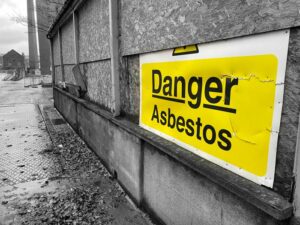Long term exposure to low levels of air pollution increases the risk of heart and lung disease, according to a study published in the journal Circulation.
Researchers at the American Heart Association examined the hospitalisation records of more than 63 million Medicare enrollees in the US from 2000 – 2016.
They then used various predictors, including meteorological values, satellite measurements and land use to estimate daily levels of fine particulate matter (PM2.5), nitrogen dioxide (NO2) and ozone (O3). The researchers then calculated the study participants’ exposure to the pollutants based upon their residential postcode.
Statistical analysis found that thousands of hospital admissions were attributable to air pollution every single year.
Specifically, the risks for heart attacks, strokes, atrial fibrillation and flutter, and pneumonia were associated with long-term exposure to particulate matter.
The data also showed that there were surges in hospital admissions for all of the health outcomes studied with each additional unit of increase in PM2.5. Specifically, stroke rates increased by 2,536 for each additional ug/m3 increase in PM2.5 each year.
There was also an increased risk of stroke and atrial fibrillation associated with long-term exposure to nitrogen dioxide.
Mahdieh Danesh Yazdi, the lead author of the study, said: ‘People should be conscious of the air quality in the region where they live to avoid harmful exposure over long periods of time, if possible.
‘Since our study found harmful effects at levels below current U.S. standards, air pollution should be considered as a risk factor for cardiovascular and respiratory disease by clinicians, and policymakers should reconsider current standards for air pollutants.
‘When we restricted our analyses to individuals who were only exposed to lower concentrations of air pollution, we still found increased risk of hospital admissions with all of the studied outcomes, even at concentration levels below current national standards.
‘More than half of the study population is exposed to low levels of these pollutants, according to U.S. benchmarks, therefore, the long-term health impact of these pollutants should be a serious concern for all, including policymakers, clinicians and patients.’
Photo Credit – Pixabay
















I would argue that the adverse health outcomes observed at low levels of pollutants is due to our current inability to measure the numbers and surface areas of particulate matter with diameters less than 300 nm. Particles in this size range can present significant number and surface area concentrations but contribute minimally to the measured PM2.5 mass concentrations. While mass concentrations is a convenient and historical metric for particle concentration measurement, a better metric that is more aligned with particle numbers and surface areas is warranted and appropriate, low-cost devices that can make this measurement are sorely needed. Until we change our metric for adverse health outcomes from mass to either number or surface area (surface area, preferably), we will continue to see poor health outcomes at low levels of PM2.5 and scratch our heads as to “Why?” when we should be making a concerted effort to develop our technologies in the low particle size region.